Clipart tagged: ‘refract’

Convex Lens
"When the object is at a long distance from the lens, the image formed is smaller than the object, and…
Prism
"A prism is a piece of glass, having for its sides three plane surfaces and for its ends two equal and…

Prismatic Reflector
"Cross-section of prismatic reflector, showing how light rays are refracted and dispersed." —Croft…
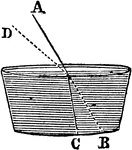
Refraction Between Mediums
"Since air is a rarer medium and water is denser, as ray A passes into the water, it is refracted to…
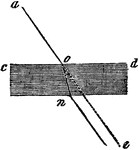
Refraction of Light
"Although a ray of light will pass in a straight line, when not interrupted, yet when it passes obliquely…

Refraction by Plates
"When radiant energy passes through a medium bounded by parallel planes, the refractions at the two…

Refraction of Complimentary Colors
"The prism will deflect the red and orange, and form a reddish colored image at n. The violet, indigo,…
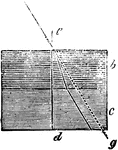
Refraction, glass and water
"Let the medium b be glass, and the medium c, water. The ray a, as it falls upon the medium b, is refracted…

Refraction of Light Between Air and Water
"LA represents a ray of light propagated in air, falling obliquely upon the surface of the water at…
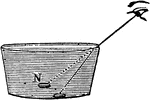
Refraction as seen by the Human Eye
"If the coin were to be observed in an empty pan and then watched as the pan was filled with water,…
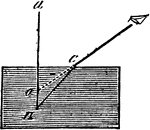
Refraction, water
"Suppose the rod a, to be set with one half of its length below the surface of the water and the other…


